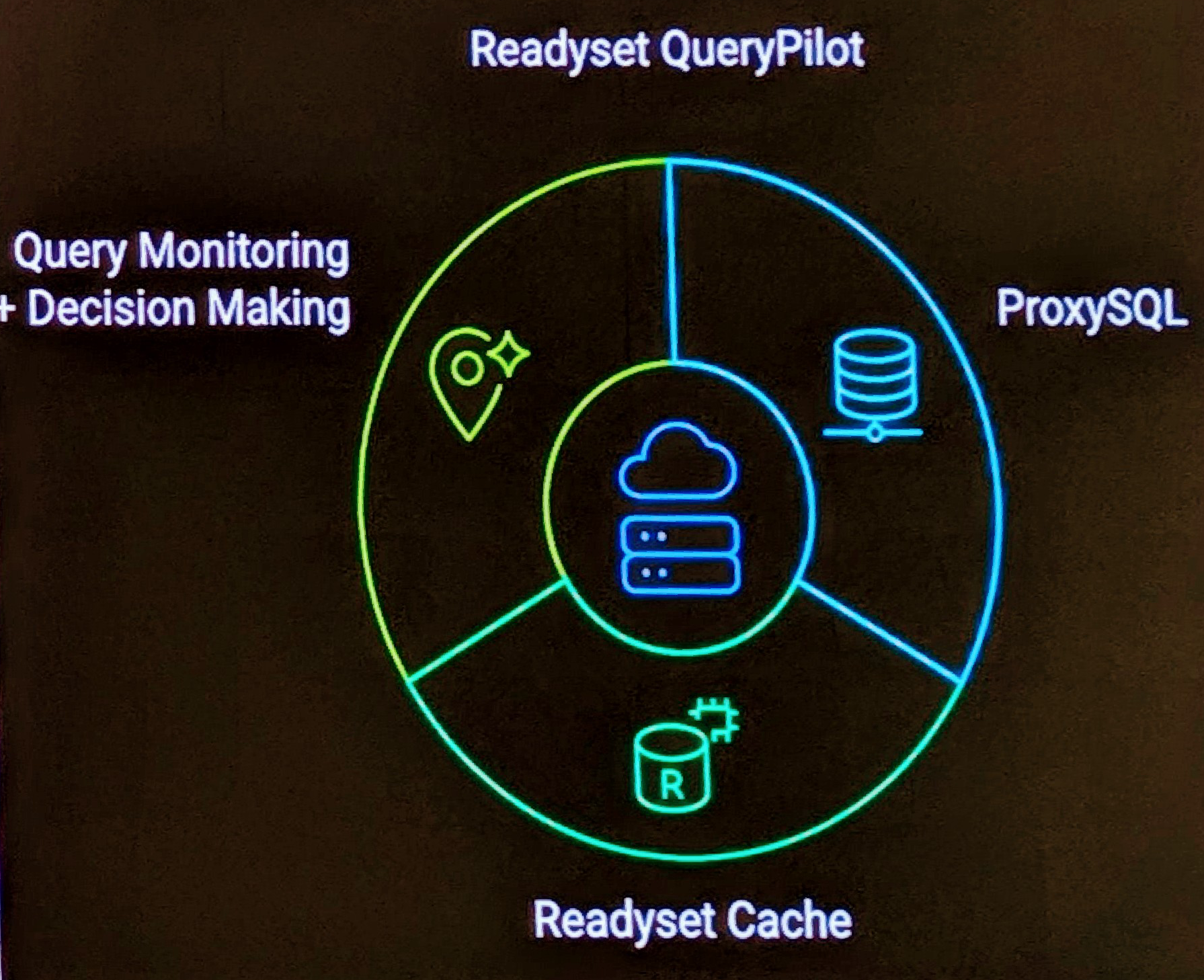When you use SHOW STATUS can can restrict with the LIKE syntax, allowing for a subset of values. For example:
mysql> SHOW GLOBAL STATUS LIKE 'Com%'; +--------------------------+-------+ | Variable_name | Value | +--------------------------+-------+ | Com_admin_commands | 0 | | Com_alter_db | 0 | | Com_alter_table | 0 | | Com_analyze | 0 | | Com_backup_table | 0 | | Com_begin | 0 | | Com_change_db | 0 | | Com_change_master | 0 | ...
That’s great, but sometimes you want specific values. Using WHERE can achieve this. For Example.
mysql> SHOW GLOBAL STATUS WHERE VARIABLE_NAME IN (’Com_insert’,'Innodb_buffer_pool_pages_latched’,'threads_running’); +----------------------------------+-------+ | Variable_name | Value | +----------------------------------+-------+ | Com_insert | 0 | | Innodb_buffer_pool_pages_latched | 0 | | Threads_running | 1 | +----------------------------------+-------+ 3 rows in set (0.00 sec)
Cool, the downside is you loose the wildcard capability, however you can string commands together with LIKE
mysql> SHOW GLOBAL STATUS WHERE VARIABLE_NAME LIKE 'innodb%' OR VARIABLE_NAME LIKE 'com%';


